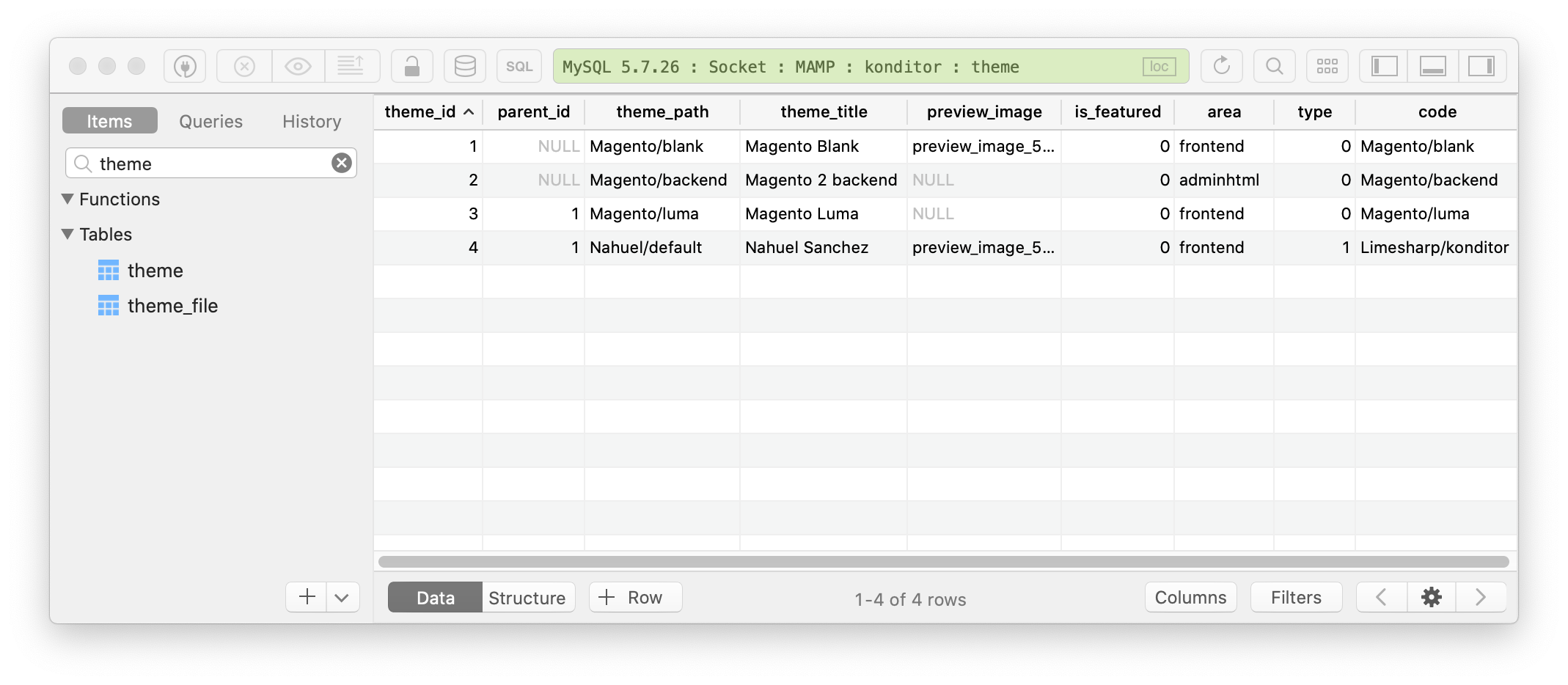I know that inside the front end development kingdom there are a lot of different sub species, different front end developers out there working in different stuff: a few more focused on the functionality closer to back end development, and some working on converting designs into code.
If you're a front end developer whose main task is to look at a PSD file and "make it happen" in code, then I can't stress hard enough how important is for the job that you achieve this successfully. And if you're thinking that this is obvious and there's no need for a post, trust me, it's still a common problem among developers... and it's hard to me to understand why.
What's the main task of a fire fighter? Extinguish a fire. What's the main task of a plane pilot? Fly the plane. Main task of a mother?... I have no idea, but my chips are on keeping the baby alive.
Jokes aside, what do you think is the main task of a a front end dev? Get a design, then implemented it as pixel perfect as it can be.
I saw this problem presented in a variety of seniorities, as it doesn't distinguish between Juniors and Seniors. Of course, the problematic is more present in lower seniorities, that's not surprise, but it still cause for rework in more experienced developers.
If "main task" seems like too much, as you probably thinking, just like I am, that a front end developers faces a lot of task during a day and it's hard to decide which one is the main one (again, related to the fact that your front end developer job description it's for sure different than the others), then just let's not get stuck in grammar.
It might not be your main task as a front end developer, but for sure is an obvious task, something that you should be already been achieving without anybody raising any doubt about it when you deliver.
So why aren't you? Or why you still have this problem in your team?
If it's your problem then awesome, today is a great day to start solving that. And if not your problem but something you see that happens within your team or company... then it's still your problem, sort of.
The most common excuses I heard about it is the lack of tools, or people using the wrong tools, to view and manipulate the designs.
"Oh, it looks different because I don't have Photoshop in my computer so I opened the document with other software that converts .psd files if you're using Linux."
That's not a good excuse and you know it.
We're missing a synchronization here between developers and people in higher position within the company when deciding on what tools to use. Are we going for Adobe Photoshop for the designs' team?, great, then let's make sure that we also have Adobe Photoshop in the developers' computers... and not Linux if we're going to deliver .psd files to them.
Here's another one, "We were on a hurry, so I couldn't spend time on making the implementation pixel perfect". I can only assume that the equivalent for that on a fire fighter would be something like "Oh, we were on a hurry, so we only extinguish the fire on the first floor".
That "explanation" is a symptom of a higher problem within the company that might deserves an individual post, but for the moment just stop the presses and evaluate if you're giving to the developer the necessary time to accomplish all the items included in yours definition of done. If not, then you're asking for the impossible.
On the other side, if you're the developer. Come on dev, stand your ground! Do not go for an impossible estimation knowing that you won't be able to deliver successfully. If the time frame won't allow you to go for a pixel perfect implementation, then speak up. If everybody is on board of what the outcome will be, then good, no surprises for nobody.
And finally, the Top 3 seems to be "I tested it on Chromium for Linux Mint and it looked exactly like the designs". Looks like a child of the first excuse, and still a bad one.
On the developer's side, ask for the specifics, ask what browsers you are supporting for that particular project, or ask for metrics from Google Analytics to know exactly what your final customers are using. And test, my friend, test it on more browsers (specially knowing that Chromium for Linux Mint can't have the final word).
If you're the company, or somebody with a technical seniority that have a say on technical decisions, then define what browser do you support and include them on your definition of done. Avoid having technical decision based on the personal believes of each developer on the team.
Spot the difference
Have you ever played that magazine or newspaper game where you have two almost identical images next to each other and the goal is to spot the 10 differences? Why don't you try the same game with your work before tagging it as done?
I've been on meetings where emotions are high, reviewing an implementation that clearly doesn't look like the designs, where the conversation last for less than a minute because all it takes from the person evaluating the job is to put the original design next to the developer implementation and ask "Does it look the same? Does it look like it is finished?".
And of course it doesn't. Just avoid that meeting by playing the game by yourself and prevents others from playing it for you with your work.
On a not much of a side note, I find the post "The Undefinition of "Done"" quite cool, so check it out as it might help with your development process.




